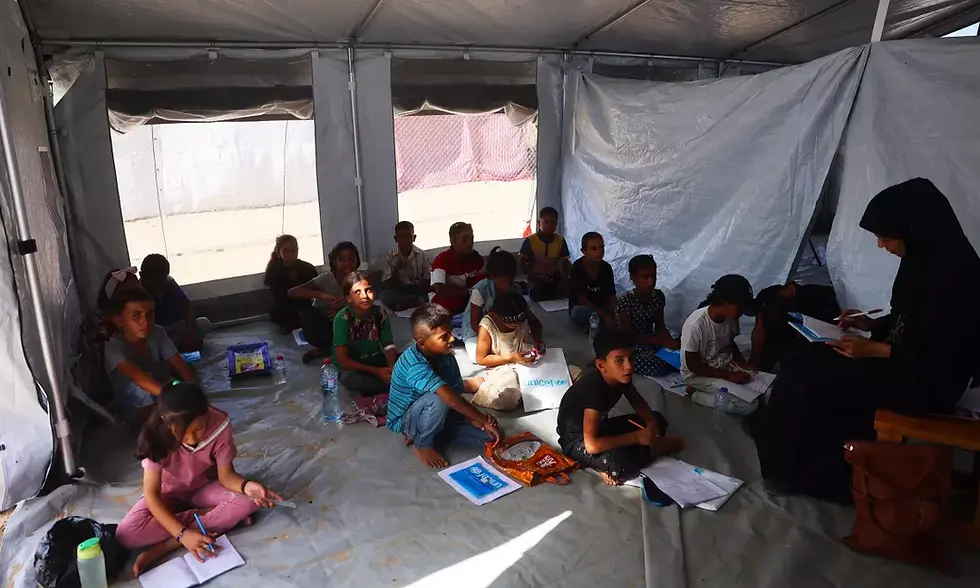Food Insecurity in Northern Canada
- UNICEF Team uOttawa
- Jan 10, 2023
- 2 min read
When most people picture food insecurity, they do not picture Canada. However, many people in Canada, particularly those living in the North, deal with food insecurity daily. Food insecurity is defined as “a condition where all community residents obtain a safe, culturally acceptable, nutritionally adequate diet through a sustainable food system that maximizes community self‑reliance and social justice (Leblanc-Laurendeau).” It is particularly important to note the cultural aspects of food insecurity, because in Canada food insecurity does disproportionately affect indigenous peoples.
In Canada, Nunavut has the highest rates of food insecurity at a rate of 57% which is more than four times the national average of 12.7% (Food Banks Canada). The Inuit living in Nunavut are particularly at risk, 70% of all Inuit households in Nunavut are food insecure (Nunavut Food Security Coalition). In 2012 the United Nations Special Rapporteur on the right to food reported that “the Inuit of Nunavut had the highest documented food insecurity rate for any Indigenous population in a developed country (Leblanc-Laurendeau).”

“More Canadians Are Food Insecure than Ever before - and the Problem Is Only Getting Worse.” PROOF, Mar. 2020, https://proof.utoronto.ca/2020/more-canadians-are-food-insecure-than-ever-before-and-the-problem-is-only-getting-worse/.
Food insecurity is a complex issue with a magnitude of socio-economic factors that contribute to it. One factor that impacts food security in the North is the location. Climate change has continued to degrade traditional and local food sources, and market foods have high shipping and gas costs (Leblanc-Laurendeau). This makes market foods very costly and inaccessible for a lot of people. Another factor that contributes to food insecurity among Indigenous peoples living in Canada is colonization. Colonial policies historically targeted food systems, and displaced peoples from their traditional lands and food systems through Residential Schools (Leblanc-Laurendeau). The use of Residential Schools has also negatively impacted knowledge transference of harvesting, and hunting (Leblanc-Laurendeau).
Food insecurity in Northern Canada is caused by multiple factors, therefore there is not a simple solution to addressing it. When addressing food insecurity, it is imperative that it is done through examining colonization and the impacts they have had on Northern food insecurity. It is also important that we understand different Northern communities have diverse needs when it comes to food insecurity. With that in mind it’s important to address food insecurity through community engagement.
Works cited
Leblanc-Laurendeau, Olivier. “Research Publications.” Food Insecurity in Northern Canada: An
Overview, 2020,
https://lop.parl.ca/sites/PublicWebsite/default/en_CA/ResearchPublications/202047E.
“More Canadians Are Food Insecure than Ever before - and the Problem Is Only Getting
Worse.” PROOF, Mar. 2020, https://proof.utoronto.ca/2020/more-canadians-are-food-insecure-than-ever-before-and-the-problem-is-only-getting-worse/.
“Northern Food Insecurity.” Food Banks Canada, 27 Oct. 2022, https://foodbankscanada.ca/northern-food-security/#:~:text=Northern%20snapshot,very%20specific%20set%20of%20solutions.
“Rates.” Nunavut Food Security Coalition, https://www.nunavutfoodsecurity.ca/Rates.




Comments